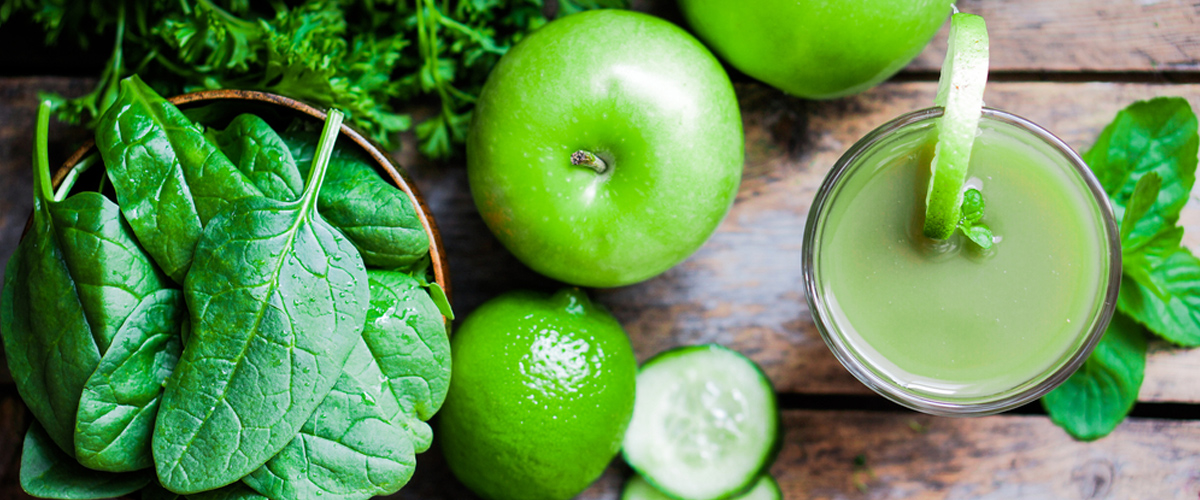Detox. The word itself implies ‘letting go’ – the dictionary defines it as a treatment of helping the body to get rid of your toxins (defined as poisonous substances). Poisonous – could be foods you get into your daily diet that do not serve you, by this I mean make good blood condition. In a detox we are trying to get your body to be in a state of acid – alkaline balance. Most people require detox’s as they are in a more acidic state.
Let’s look at these first: dairy/dairy products, sugar, white flour (maida), refined and processed foods, artificial sweeteners, excessive amounts of non-vegetarian food – these will throw the blood condition off. I also take people of legumes (just to keep things simple) and fruit as well. Also, avoid coffee, tea or caffeinated beverages; no oil and minimal salt. So, while on a detox definitely keep off these foods. This is a plan for someone who is starting a detox for the first time, we can do raw (only fruit or vegetable juices) detox’s, but my recommendation is to stick to a cooked detox if this is your first.
With the craziness going on around us recently: women committing suicide, or men bumping off their girlfriends, and mother’s killing their own daughters – makes one wonder what is it that make these people cross a threshold. What these individuals did was acted on an impulse that made them ‘lose their mind’ and some pre-mediated while others leading them to up a moment of madness. We may not cross the so called ‘threshold of madness;’ but we too reach a point of madness in our lives with our mind. I see that happening very often today with my clients-losing their cool, not being present in the moment, unusually stressed, reactive, and generally losing the plot of their lives.
So what should one include? The detox diet focuses only on vegetables and whole grain. Lots of vegetables, primarily leafy greens – this could be taken in the form of juices or lightly sautéed or steamed; a whole grain – here I only recommend brown rice; really good quality fermentation – this could come in via a pressed salad, quick pickle (not the Indian pickle with oil and spices) something simple made in salt water brine or apple cider vinegar, khimchi. The fermented food should be included at all 3 meals i.e., breakfast lunch and dinner, include up to 2 tablespoons at each meal.
Here is how your day would look like:
Morning: Ginger juice (of 1 inch piece ginger) and ½ lime squeezed into a glass, and add ½ cup water – drink at room temperature.
Breakfast: A bowl of brown rice (like a gruel or porridge made little mushy) with a side of any of the fermented foods stated above.
Lunch: Brown rice + steamed/boiled vegetables + some fermented food.
Dinner (Early by 6.30 pm): Barley/Brown rice or a millet + steamed or boiled vegetables + some fermented food.
Here is a recipe of a good fermented food you can include:
Pressed salad – this salad is highly recommended for people who have eaten or still eat non-vegetarian as it breaks down the saturated fat from the non-vegetarian food; also for people who are leading pressured lives, as it releases pressure. It is also good source of B12 for vegetarians and vegans.
Ingredients Servings:
4½ cup sliced cucumbers
½ cup sliced cabbage
½ cup red raddish (mooli)
¼ cup celery
¼ cup red onion
1 teaspoon salt
Tip: Green apples when in season make this salad nice and tangy.
Shonali Sabherwal – Macrobiotic Nutritionist and Chef.
Author of The Beauty Diet & The Love Diet published by Random House.

